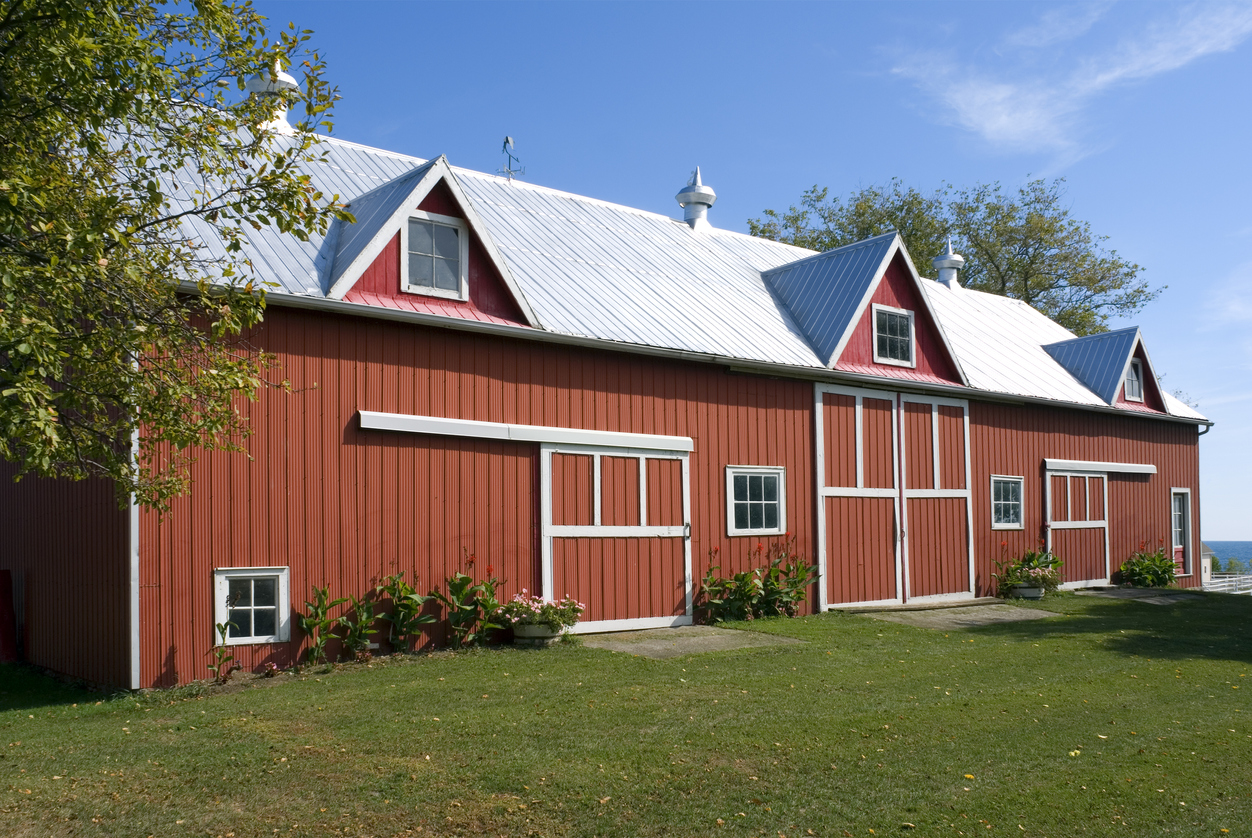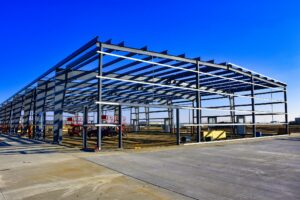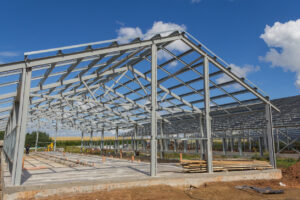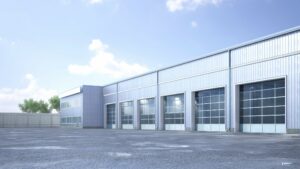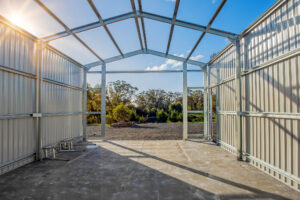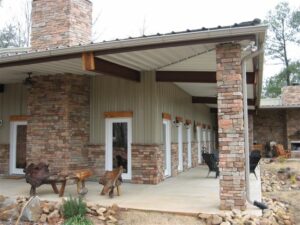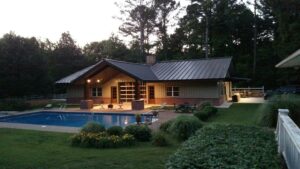Constructing a church is a significant endeavor that requires careful planning and budgeting. Estimating the cost of building a church involves considering various factors, including the basics of church construction, key factors influencing costs, breakdown of expenses, the role of size and design, additional costs, and financing options.
This article will guide you through each aspect, providing valuable insights for estimating the cost of building a church.
Table of Contents
- Understanding the Basics of Church Construction
- Breaking Down the Cost of Building a Church
- The Role of Size and Design in Church Construction Costs
- Additional Costs in Church Construction
- Financing Options for Church Construction
- Conclusion
- Frequently Asked Questions
Understanding the Basics of Church Construction
When embarking on a church construction project, one must understand the importance of planning. Adequate planning allows for a smoother construction process and helps avoid unnecessary delays and cost overruns.
By carefully considering the church’s purpose, size, location, and design, you can set a solid foundation for estimating the project’s overall cost.
Embarking on a church construction project is a significant endeavor that requires careful consideration of various aspects.
Beyond the physical structure, it’s essential to think about the spiritual and communal aspects that the church will embody.
The layout and design should not only accommodate the congregation’s worship needs but also foster a sense of community and inclusivity.
Incorporating elements that reflect the church’s values and beliefs can create a sacred space that resonates with worshippers.
Check out: Blueprints And Ideas For Church Plans
The Importance of Planning in Church Construction
Proper planning is crucial because it enables you to define your goals and objectives clearly. A well-defined vision helps determine the specific needs of the congregation and the community you aim to serve.
Additionally, thorough planning allows you to identify potential challenges and address them proactively, saving both time and money.
Moreover, engaging with the local community and seeking their input can enrich the planning process.
Understanding the needs and expectations of the neighborhood can help tailor the church construction project to better serve not just the congregation but also the surrounding residents.
Building strong relationships with the community can foster support for the project and create a sense of unity and shared purpose.
Did You Know?
According to Barna’s recent State of the Church report, 39% of Millennials report attending church on a weekly basis. This is a significant increase compared to previous years and puts their rate of attendance much higher than that of Generation X and even the Boomer generation. Previously, the Boomer generation had been more faithful in attendance than their younger counterparts.
Key Factors Influencing Church Construction Costs
Several key factors can significantly impact the cost of building a church. These factors include location, materials used, labor costs, and the complexity of architectural and engineering requirements.
Understanding these factors will help you evaluate the overall cost and allocate the necessary resources accordingly.
- Location: Construction costs vary significantly depending on your geographical location. Urban areas typically have higher labor and material costs compared to rural areas.
- Land Cost: The size and condition of the land you purchase will significantly impact the overall budget. Factor in demolition, grading, and environmental assessments.
- Building Size and Complexity: Your church’s square footage is a major cost driver. A simple, rectangular building will be less expensive than a complex design with multiple stories, unique angles, or high ceilings.
- Materials: The type of materials used for the building shell, roof, windows, and interior finishes significantly impacts the cost. Depending on customizations, opting for steel can reduce the budget.
- Architectural and Engineering Fees: Hiring a qualified architect and engineer is crucial for a successful project.
- Permits and Inspections: Obtaining building permits and complying with inspections add to the overall cost. Factor in these fees during the budgeting process.
- Site Development: This includes preparing the land for construction, such as grading, paving the parking lot, installing utilities, and landscaping. The complexity of the site development can significantly impact the cost.
- Specialized Features: Churches often require specialized features like a large sanctuary, baptistery, choir loft, classrooms, or a commercial kitchen. Each adds to the construction cost.
- Audio/Visual Systems: A separate budget allocation is required to equip your church with a high-quality sound system, projectors, and screens.
Breaking Down the Cost of Building a Church
Breaking down the cost of church construction helps identify the major expense categories.
By understanding the components of the total cost, you can prioritize your spending and make informed decisions to stay within the budget.
Land Acquisition and Site Preparation Costs
Acquiring suitable land for constructing a church is essential. Location plays a significant role in determining the cost of land, along with factors like accessibility and local zoning regulations.
Furthermore, site preparation costs, including excavation, utility connections, and landscaping, should be considered.
Site preparation costs for a church building project typically range from $2 to $5 per square foot. For an average church size of 20,000 square feet, this translates to approximately $40,000 to $100,000.
Architectural and Engineering Fees
Engaging architects and engineers is crucial to ensure the structural integrity and functionality of the church.
Architectural and engineering fees vary depending on the scale and complexity of the project. Fees typically range from 5% to 20% of the total construction cost.
To compare costs and services, it is advisable to seek recommendations and solicit bids from multiple professionals.
Construction Materials and Labor Costs
The choice of construction materials and quality affects the overall cost of building a church. Selecting durable materials that comply with building codes and regulations is essential.
Concurrently, labor costs for construction workers, carpenters, plumbers, electricians, and other skilled professionals should be factored into the budget.
Interior Design and Furnishing Expenses
Creating a welcoming and inspiring interior space is important for any church. Interior design and furnishing expenses encompass elements such as seating, lighting, sound systems, decorative finishes, and fixtures.
Allocating a portion of the budget for this aspect ensures a comfortable and aesthetically pleasing environment for worshipers.
Depending on the choices and materials, interior design and furnishing costs range from $200,000 to $500,000 for a typical 10,000-square-foot church. The cost can change based on various factors like design, quality, and style of furniture.
Additionally, it is important to consider other expenses that may arise during the construction process. These can include permits and fees required by local authorities, insurance costs to protect the project, and any unforeseen expenses that may arise due to unexpected circumstances.
It is always wise to have a contingency fund set aside to handle these unforeseen costs, ensuring that the project can proceed smoothly without any major financial setbacks.
Furthermore, it is worth mentioning that sustainable and energy-efficient features can also be incorporated into the design of the church.
While these features may require an initial investment, they can lead to long-term cost savings by reducing energy consumption and maintenance expenses.
Additionally, incorporating environmentally friendly practices aligns with the values of many religious organizations and can be seen as responsible stewardship of resources.
Pro tip
Church design trends are increasingly focusing on creating spaces that offer flexibility and serve multiple purposes. Hybrid worship models are gaining traction, reflecting a need to cater to both in-person and online congregations. This is leading to the design of spaces that can seamlessly accommodate diverse worship experiences.
The Role of Size and Design in Church Construction Costs
The size and design of a church are significant cost determinants. Understanding how these factors influence the overall construction cost is essential for accurate estimation.
When considering the size of a church, it is important to note that not only does the physical footprint impact costs, but also the height of the building.
Taller churches may require additional structural support and specialized construction techniques, adding to the overall expenses.
Moreover, factors such as the number of floors and the complexity of the building layout can also influence construction costs, as they affect the amount of materials and labor needed.
How Size Impacts the Overall Construction Cost
The size of a church directly affects the construction cost. Larger buildings require more materials and labor, resulting in increased expenses.
Additionally, maintenance and operational costs, such as heating, cooling, and electrical consumption, also tend to be higher for larger churches.
Another aspect to consider when it comes to the size of a church is the potential for future expansion.
Building a church with growth in mind can help minimize future construction costs by reducing the need for extensive renovations or additions as the congregation grows over time.
The Influence of Architectural Design on Cost
The complexity and architectural design of a church can significantly impact its construction cost. Design features such as intricate facades, vaulted ceilings, stained glass windows, and ornate details can contribute to higher expenses.
Balancing aesthetics with budget considerations is essential to achieve a design that fulfills both spiritual and financial objectives.
Furthermore, the choice of materials and construction methods can also play a crucial role in determining the cost of a church project.
Opting for sustainable and energy-efficient materials may initially seem more expensive, but can lead to long-term cost savings through reduced maintenance and operational expenses.
Additionally, utilizing local materials and skilled labor can not only support the community but also help in controlling construction costs.
Check out: All About Prefabricated Church Buildings
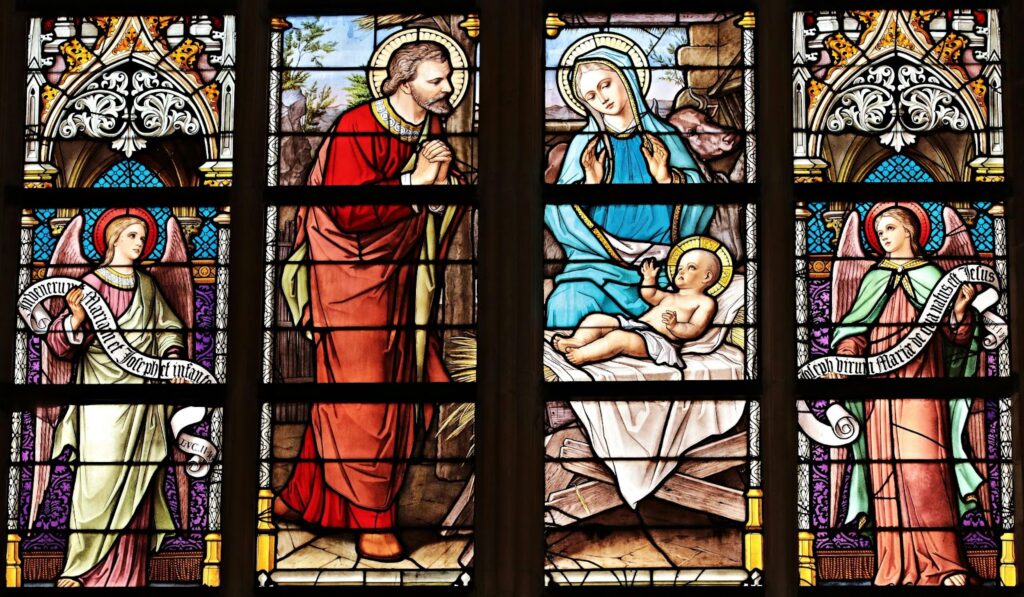
Additional Costs in Church Construction
In addition to the main cost categories, there are other expenses associated with church construction that should be considered when estimating the overall budget.
When embarking on a church construction project, it’s essential to factor in all potential costs to avoid budget overruns and delays.
Beyond the obvious expenses, several additional financial considerations can impact the total expenditure.
Cost of Utilities and Infrastructure
Installing utilities such as water, electricity, and HVAC systems is a crucial aspect of church construction.
Allocating funds for these infrastructure requirements, including permits and inspections, ensures a safe and functional building for congregants.
Furthermore, investing in energy-efficient systems can lead to long-term cost savings for the church.
Sustainable solutions like solar panels or geothermal heating not only reduce utility bills but also demonstrate a commitment to environmental stewardship.
Landscaping and Parking Lot Construction Costs
Developing adequate parking space and landscaping the surroundings of the church enhances its appeal and accessibility.
Depending on the size of the property and local regulations, you must budget for parking lot construction, landscaping, hardscaping, and outdoor amenities.
Incorporating green spaces and outdoor gathering areas can foster community and provide additional space for events and activities.
Thoughtful landscaping design that includes native plants and water-efficient irrigation systems can contribute to a sustainable and inviting church environment.
Financing Options for Church Construction
Given the substantial investment required for church construction, it is essential to explore different financing options to support the project financially.
Building a place of worship involves not only physical construction but also a spiritual and communal investment that can enrich the lives of congregants and the surrounding community.
When embarking on a church construction project, it is crucial to consider not just the financial aspects but also the long-term impact the new space will have on fostering a sense of belonging and unity among worshippers.
A well-designed and thoughtfully constructed church can become a beacon of hope and a hub for community activities beyond religious services.
Traditional Loans and Mortgages
Obtaining a loan or mortgage from a financial institution is a common financing option.
Church leaders can work with lenders experienced in religious building projects to secure the necessary funds. It is crucial to evaluate interest rates, repayment terms, and eligibility criteria before committing to a loan.
Additionally, establishing a solid financial plan that outlines how the loan will be repaid and how the church’s regular income streams will support the repayment process is essential for long-term financial sustainability.
Fundraising and Donations
Engaging the community and congregation in fundraising efforts can significantly contribute to the project’s financial success.
Implementing effective fundraising campaigns, seeking donations, setting up sponsorships, and organizing events are some strategies to consider.
Beyond just raising funds, these activities can also strengthen the sense of community within the church and create a shared sense of ownership and pride in the new construction project.
Grants for Religious Buildings
Some various organizations and foundations offer grants specifically for religious buildings.
Researching and applying for grants aligned with the mission and values of your church can provide substantial financial assistance.
Securing grants not only helps alleviate the financial burden of construction but also validates the importance of the church’s mission and impact on the community, garnering support from external sources who believe in the church’s vision.
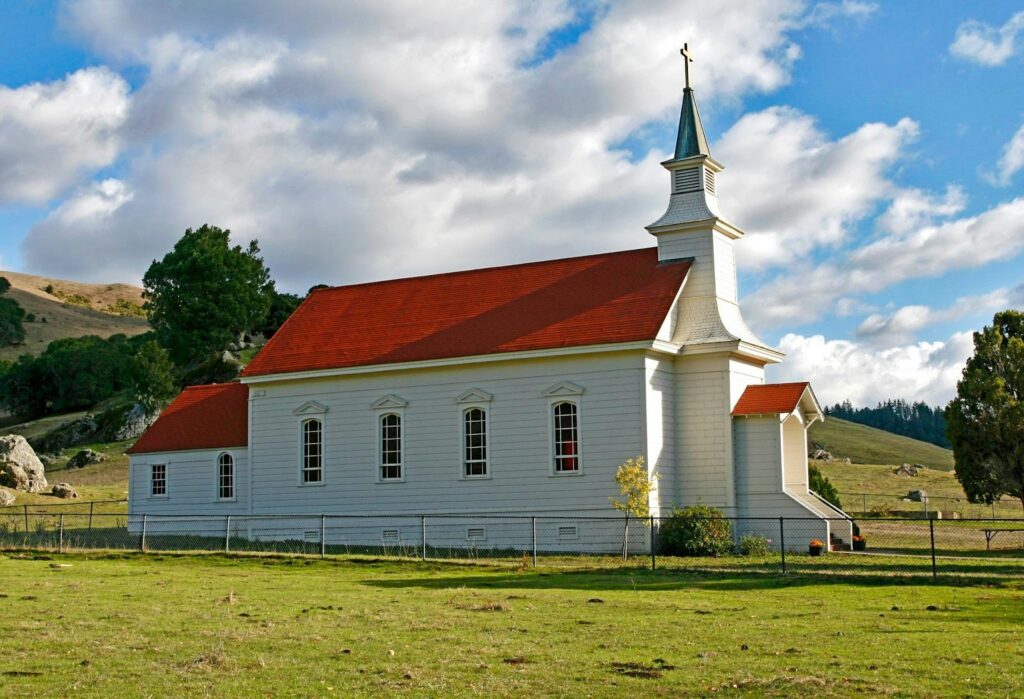
Conclusion
Estimating the cost of building a church involves considering various aspects, from understanding the basics of construction to analyzing the influence of size, design, and additional costs.
Proper planning, breaking down expenses, and exploring different financing options are essential for successful budgeting. By carefully considering each factor and seeking professional advice, you can ensure the financial feasibility of your church construction project.
SteelCo has 23+ years of experience dropshipping prefabricated metal building materials nationwide, and the team has a combined 100+ years of experience in PEMB buildings.
Our team of experts from Project Support Specialists and Sales Consultants, to our in-house Designer, Architect, and more ensures you have the necessary customizable steel building kits for your church project with industry-leading turnaround times and service.
We deliver custom prefab steel structures tailored to your needs, including steel panels, framing, roofing, and other material requirements. Learn more about our Prefab church buildings.
——————————–
Frequently Asked Questions
What’s the operational cost of a church?
Combining these costs, the average operational cost for a church can range from $7.50 to $10.00 per square foot annually. For a 20,000-square-foot church, this translates to approximately $150,000 to $200,000 per year.
What is a reasonable contingency budget for building a church?
It is advisable to allocate 10% to 20% of the total budget for contingencies. This ensures that any unexpected expenses, design changes, or cost overruns can be covered without compromising the project’s completion.
What is the ballpark cost of building a church?
The total construction cost (including materials) is approximately $110 to $150 per square foot (<100k square feet). However, the cost decreases significantly for projects larger than 100k square feet. The cost is for custom prefabricated church buildings.
How important is acoustics in church design?
Achieving a balance between reverberation, diffusion, and absorption is key to catering to a variety of needs. This balance allows a church to be versatile and serve its community effectively in all aspects of worship and communication.
Therefore, considering acoustics from the early stages of church design is essential. It can involve specialized architectural features and materials that manage sound reflections and reverberations.









